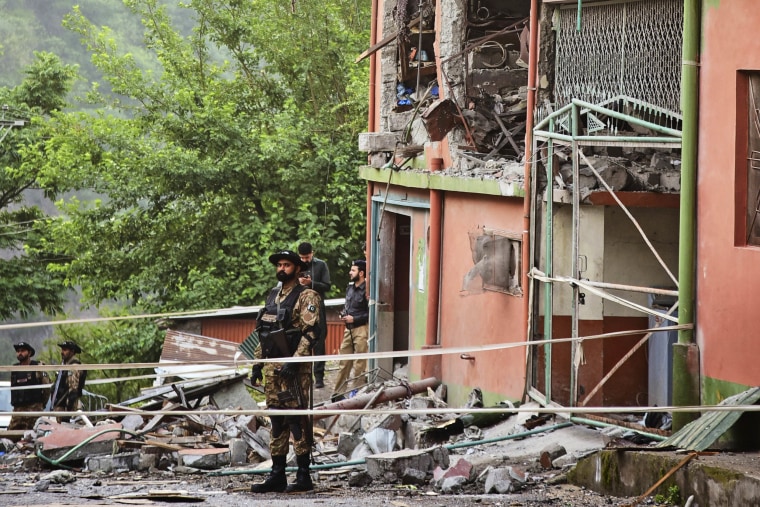Operation Sindoor: Escalation of India-Pakistan Tensions and Its Global Impact
Operation Sindoor, or “op,” has brought the long-standing rivalry between India and Pakistan back into the global spotlight. Tensions have soared following a series of strikes and countermeasures, raising concerns about regional stability and the possibility of even broader conflict. In this article, we break down the key events, explore what triggered the current op, examine its consequences, and review the international response.

What Sparked Operation Sindoor?
On May 7, 2025, India launched a military op—Operation Sindoor—targeting multiple locations in Pakistan and Pakistan-administered Kashmir. According to Indian officials, this precise attack was a response to the April massacre in Pahalgam, which resulted in the deaths of 26 Indian tourists. India accused Pakistani-based groups of orchestrating the attack, allegations that Islamabad strongly denied. The Indian government described their op as measured, focusing solely on terror infrastructure without targeting civilians or military bases.
The Aftermath: A Surge in Hostilities
In the wake of the op, Pakistan claimed that the strikes killed 31 people and wounded at least 57 others, including civilians and children. The Pakistani military also asserted that five Indian jets and a drone were shot down during the confrontation—a claim India has yet to verify. Both sides exchanged intense artillery fire along the Line of Control (LOC), prompting mass evacuations and widespread flight disruptions.
Satellite images, as highlighted by NBC News, show significant damage to strategic compounds like the Jamia Masjid Subhan Allah mosque in Bahawalpur, which India designated as a militant site. However, Pakistan contends that civilian sites were severely affected.
Escalation Risks and Global Concerns
Operation Sindoor's op not only intensified direct hostilities but also heightened fears of a broader, potentially nuclear conflict. World leaders and organizations, including the United Nations and the European Union, have urged both nations to exercise restraint. The international community's reaction has been quick, with countries like China and the United States calling for de-escalation.
Experts warn that sustained op tension diverts attention and resources, influencing strategic balances. China views the ongoing conflict as beneficial to its regional goals, while the U.S. is placed in a delicate position given its alliance with both parties.
Social and Humanitarian Impacts
The op has disrupted the daily lives of civilians on both sides of the border. Schools have closed, nations have suspended visas, and thousands have been displaced due to shelling. Civil defense drills took place across India to prepare for any escalation. Dozens of families are mourning losses, with funerals held under high security and tension.
Kashmir: The Epicenter of Unrest
Kashmir remains a central focus in every major India-Pakistan op. As the most militarized zone in the world, the region has seen repeated cycles of violence, wars, and diplomatic standstills since 1947. The current op is another chapter in the deeply entrenched dispute. India's leadership argues that strong retaliation is essential to deter further attacks, while Pakistan calls for transparent investigations and international mediation.
The Road Ahead: Is De-escalation Possible?
Despite the ferocity of Operation Sindoor's op, both governments have publicly stated their preference for restraint—at least for now. The full analysis by CNN explores the risks of escalation but also points to the diplomatic efforts underway, with major world powers offering to mediate.
However, the scars of this op remain, and the possibility of further incidents cannot be ruled out as both countries continue to bolster their defenses.
Conclusion
Operation Sindoor has reshaped the India-Pakistan dynamic, reawakening fears of a greater conflict and highlighting the fragility of peace in South Asia. International pressure and ongoing dialogue may help de-escalate the situation, but the region remains on edge. As the op’s consequences continue to unfold, it is vital to stay informed and encourage diplomatic solutions that prioritize civilian safety and regional stability.
For ongoing updates and in-depth stories on this subject, consider exploring NBC News’s live India-Pakistan coverage or Al Jazeera’s live analysis for the latest developments.